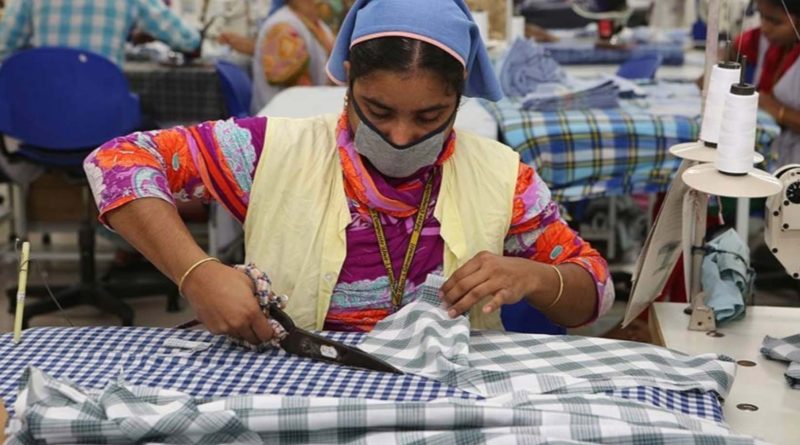A fresh row has erupted between garment owners and labour leaders over whether the 9% annual wage increment for workers in the readymade garment (RMG) sector will continue beyond 2025.
Labour leaders argue that workers are legally entitled to the 9% raise—comprising a 5% regular increase and an additional 4% added last year—until the government revises it. Factory owners, however, claim the enhanced rate applies only for 2025 and will revert to 5% from next year.
The disagreement resurfaced after Bangladesh Knitwear Manufacturers and Exporters Association (BKMEA) president Mohammad Hatem stated that the 9% raise was a one-off measure to quell last year’s labour unrest. His remarks sparked protest from labour representatives during a recent event in Dhaka.
Babul Akhter, general secretary of IndustriALL Bangladesh Council, rejected the claim, citing the labour ministry’s gazette issued in January, which states that the wage increment “will continue until the government re-evaluates or the Minimum Wage Board announces a new rate.”
The enhanced 9% increment was agreed upon on December 9, 2024, during negotiations between owners and workers in the presence of government officials. It was introduced after a wave of protests over low wages and high inflation.
Employers, however, say the inflationary situation has since eased, making the 9% rise unsustainable. Bangladesh Employers’ Federation (BEF) president Fazlee Shamim Ehsan said the additional 4% was intended as a temporary relief measure. “A 9% annual increment is not justifiable for a single sector,” he cautioned, warning it could affect jobs and industry competitiveness.
The RMG sector, which employs over 4 million workers and drives most of Bangladesh’s exports, remains under pressure from declining global demand. A recent Awaj Foundation survey found that only 65% of garment workers have received the enhanced increment, while 13% said they have not, and 22% were uncertain.
As both sides dig in, the issue now hinges on whether the government will clarify or revise the wage rule before the next increment is due in January 2026.






